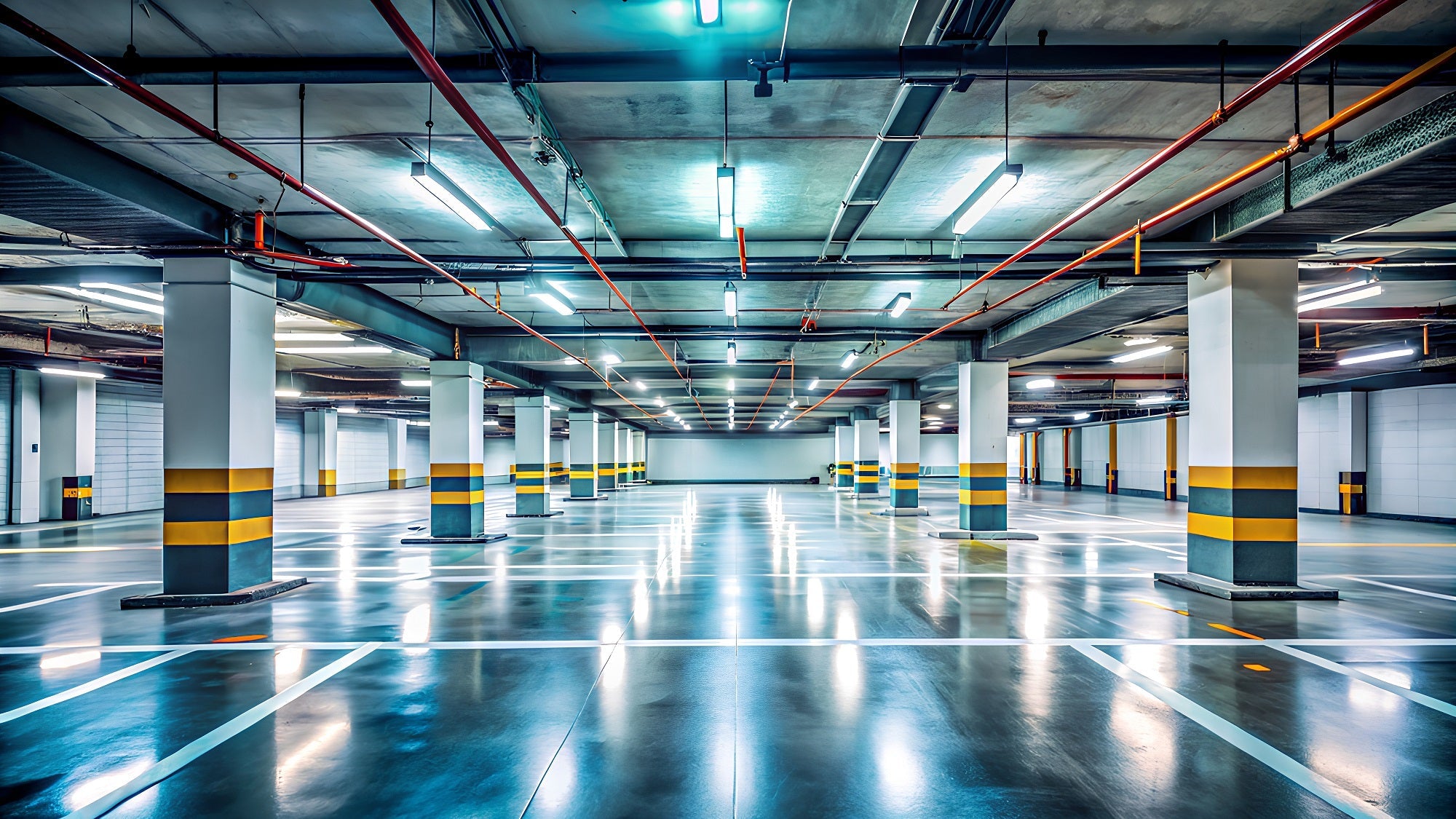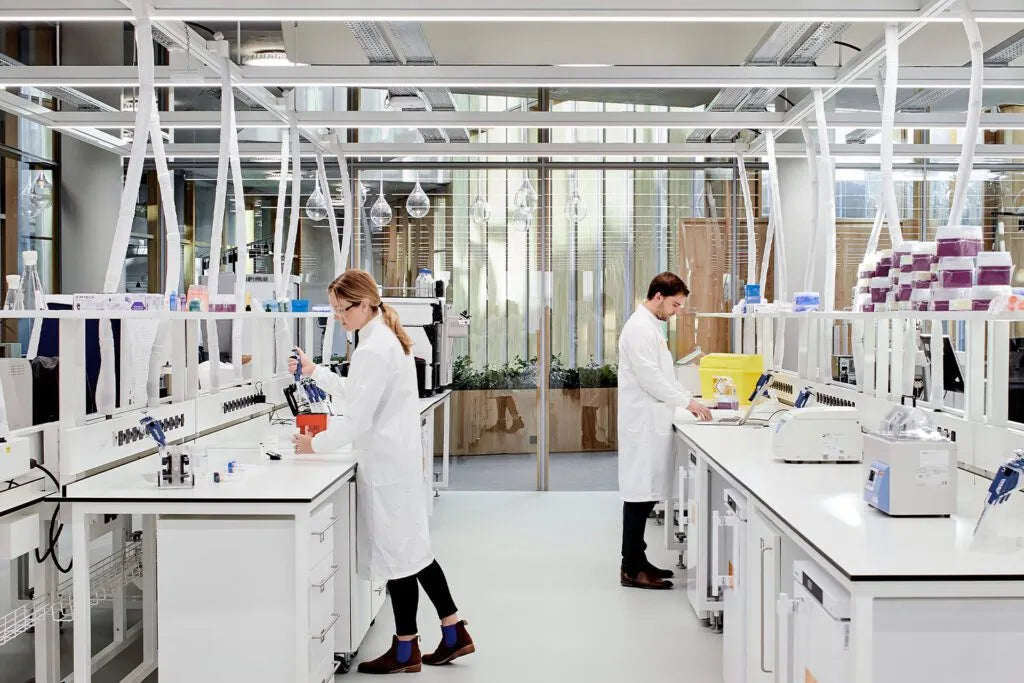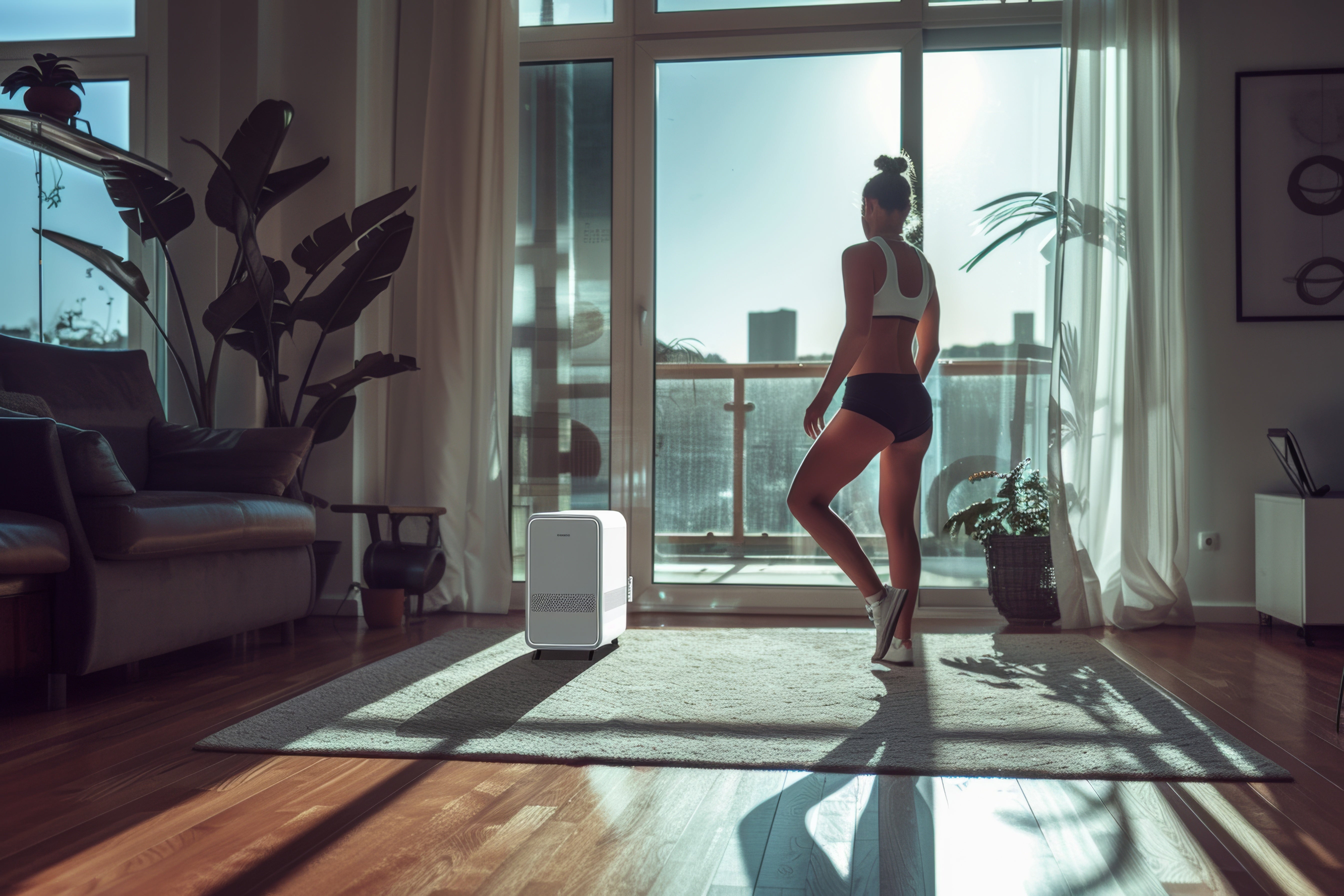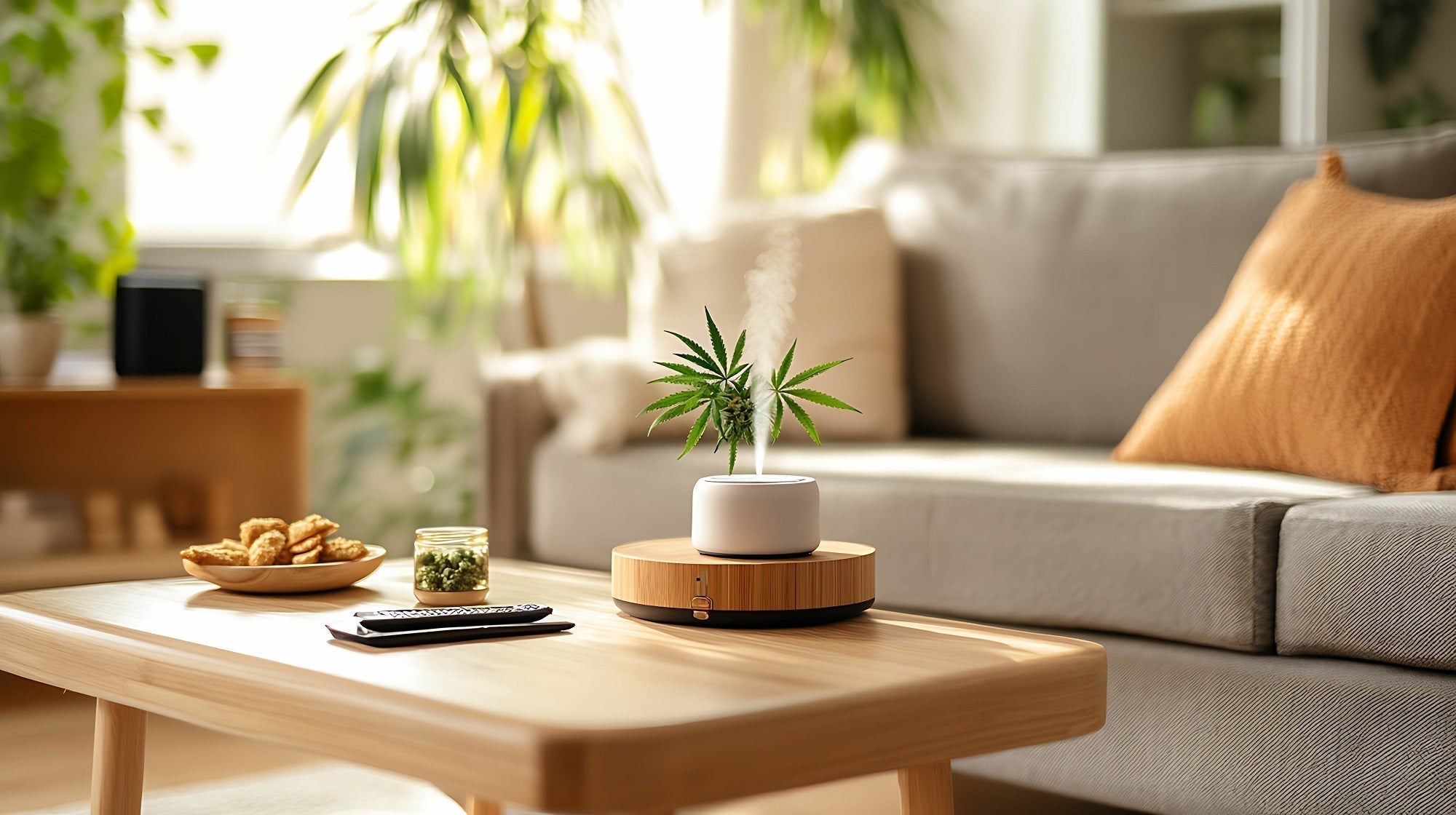Improving Air Quality in Unventilated Hospital Basement Rooms

We look at hospitals as places of healing, yet poor indoor air quality can create significant health risks for both patients and healthcare workers. This issue becomes even more critical in unventilated basement rooms, where air circulation is minimal and the risk of contamination is high. From airborne pathogens to mould spores, these spaces can become breeding grounds for pollutants that compromise health and recovery.
So, how can hospitals tackle this problem? The answer lies in a blend of humidity control, regular maintenance and using air purifiers for hospitals. So, let’s explore the best solutions for improving air quality in hospitals and making basement spaces healthier for everyone.
Why Hospital Basements Have Poor Air Quality
Basement rooms in hospitals often serve as storage areas, staff break rooms, or even patient care spaces. Unfortunately, their lack of windows and limited ventilation can lead to several issues:
1. High humidity and mould growth
Moisture buildup encourages mould, which can trigger respiratory issues and allergies.
2. Accumulation of airborne pathogens
Without proper ventilation, bacteria and viruses linger longer in the air.
3. Stale air & unpleasant odours
Without fresh air circulation, musty odours develop, creating an uncomfortable environment.
4. Particulate pollution
Dust, allergens, and chemical fumes from hospital supplies can accumulate in these enclosed areas.
Given these challenges, hospitals must prioritise improving air quality, especially in their basement areas, to ensure safety and comfort.
How Air Purifiers Can Transform Hospital Basement Air Quality
One of the most effective ways to improve air quality in unventilated hospital basements is by using an air purifier for hospitals. Medical-grade air purifiers like MedicAir are specially designed to capture airborne pollutants and create a cleaner indoor environment. Here’s how they help:
1. Eliminating airborne pathogens
Hospital basements often contain airborne viruses and bacteria that can pose infection risks. Medical-grade air purifiers like MedicAir are equipped with HEPA (High-Efficiency Particulate Air) 13/14 filters that can trap microscopic pathogens, reducing the spread of airborne diseases. Our air purifiers even incorporate safe UV technology to neutralise bacteria and viruses effectively without emitting ozone.
2. Controlling mould and mildew
Since basement rooms often suffer from dampness, mould growth is a common issue. This is where activated carbon comes in. MedicAir air purifiers come with activated carbon filters that help remove musty odours, while HEPA 13/14 filters capture mould spores before they spread.
3. Removing harmful chemical fumes
Hospitals use a variety of disinfectants and chemicals that can linger in the air, especially in confined spaces. The activated carbon layer in our air filters helps absorb volatile organic compounds (VOCs), improving air quality and reducing potential respiratory irritation for staff and patients.
4. Reducing dust and allergens
Without proper airflow, dust, pollen and other allergens can settle in basement hospital rooms. Medical-grade air purifiers use HEPA 13/14 filters to trap these microscopic particles, ensuring that those with allergies or respiratory conditions can breathe easier. Trusted by the NHS and WHO, our MedicAir Pro Max removes up to 99.99% of allergens and pathogens.
Additional Strategies for Improving Air Quality in Hospitals
While using air purifiers for hospitals can help maintain clean air, they work best when combined with other strategies. Here are additional steps hospitals can take:
1. Deep cleaning and maintenance
Routine cleaning prevents the buildup of dust, mould, and bacteria. Hospital maintenance teams should use HEPA-filtered vacuum cleaners to remove dust particles. Wipe down surfaces with hospital-grade disinfectants regularly. Additionally, check and clean air purifier filters for optimal performance.
2. Dehumidifiers for moisture control
Since high humidity contributes to mould growth, installing dehumidifiers can help maintain ideal moisture levels. Keeping humidity levels between 30-50% prevents excess dampness and musty odours.
3. Indoor plants for natural air purification
Certain plants, such as snake plants, peace lilies, and bamboo palms, are known for their air-purifying properties. While they can’t replace medical-grade air purifiers, they contribute to a fresher and more inviting hospital environment.
Final Thoughts
Basement rooms are often neglected in terms of ventilation but they require special attention to ensure they don’t become hotspots for airborne contaminants. By integrating air purifiers for hospitals, controlling humidity, and improving ventilation strategies, hospitals can create cleaner, safer spaces for everyone. Trusted by NHS and countless healthcare facilities across the world, MedicAir air purifiers ensure that hospitals remain places of healing rather than sources of additional health risks.
Recent Blogs
Independent Global Testing Confirms MedicAir’s Filtration Excellence
Two of MedicAir’s flagship systems – the MedicAir Pro and MedicAir Pro Max – have been independently verified for their outstanding performance in real-world environments, following rigorous testing conducted in Kuwait by international air filtration expert Dr Iyad Al-Attar.
Heatwaves and Indoor Air Quality: How MedicAir Safeguards Health and Productivity
The recent heatwave has brought swelteringly high temperatures across the UK, significantly impacting indoor air quality (IAQ) and indoor environmental quality (IEQ).
Why Indoor Air Quality Matters for Cannabis Grow Rooms
With MedicAir, you get more than just air purification–you get peace of mind, knowing your plants are thriving in a controlled, contaminant-free environment.


